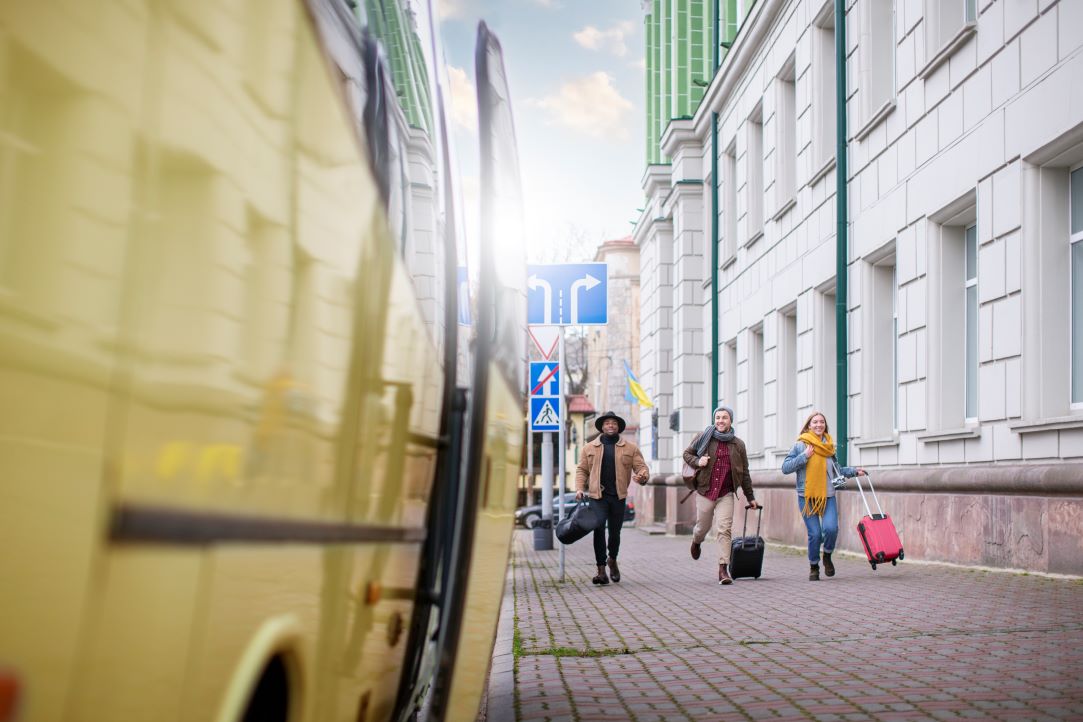Transportation and Daily Commuting in Russia

Daily life in Russian cities, especially in Moscow and Saint Petersburg, is heavily influenced by their sophisticated transportation networks. These systems play a crucial role not only in supporting educational activities but also in enriching the social and recreational experiences of students. Various means of transport, such as the metro, trams, buses, taxis, scooters, bicycles, and private vehicles, contribute to the vibrant urban lifestyle.
Moscow's metro system is a marvel of engineering and design. With more than 12 lines and over 200 stations, it ranks among the oldest and busiest in the world. The metro is not just a means of getting from point A to B; it’s an experience, featuring stunning architecture and art that reflects Russia's cultural heritage. The average fare is around 65 rubbles (approximately $0.60), making it a cost-effective choice for students navigating the city daily.
Also, the Saint Petersburg metro serves as a vital transportation artery with its deep stations and beautiful designs. It covers most of the city and is complemented by an extensive network of trams and buses. The tram system in Saint Petersburg is particularly noteworthy; it is one of the largest in the world, providing an efficient way to explore the city above ground. Both cities also feature marshrutki—shared taxis that operate on fixed routes—offering an economical alternative for short trips.
For those who prefer more flexibility, taxis and ridesharing services like Yandex. Taxi are widely available in both cities. While official taxis can be pricey, ridesharing options provide more affordable fares, especially for late-night outings when public transport may be less frequent. Additionally, students increasingly opt for bicycles and electric scooters as eco-friendly alternatives for short distances. Various bike-sharing programs have emerged in both cities, making it easy to rent a bicycle for a few hours.
Intercity travel between Moscow and Saint Petersburg has become more accessible with the introduction of high-speed trains like the Sapsan. This train covers the distance in just about 4 hours, offering comfort and convenience at reasonable prices. With plans for even faster connections through new high-speed rail initiatives, travel times are expected to decrease further.
Despite the advantages of public transport, many residents still aspire to own private cars as a status symbol. However, traffic congestion can deter this choice. Parking can be a challenge in urban areas; thus, mobile applications help streamline parking space payments and reservations.
Many other cities in Russia have developed robust public transportation networks, which typically include buses, trams, and trolleybuses. For instance, cities like Kazan, Nizhny Novgorod, and Yekaterinburg feature extensive bus services that operate on fixed routes as well as shared taxi services known as "marshrutkas." These marshrutkas are particularly popular due to their flexibility; they can stop anywhere along their route upon request, making them a convenient option for quick trips across town. In addition to these options, some cities have introduced modern tram systems that enhance connectivity and reduce traffic congestion
Finaly, as you explore these vibrant cities and enjoy the multiple excellent transport options, don’t miss out on their culinary delights. One mouthwatering attraction that captures the essence of Russian culture is Petersburg’s famous blini (thin pancakes). Whether filled with sweet or savory ingredients, these delicacies can be found at numerous street vendors and cafes throughout Saint Petersburg. Enjoying blini by the picturesque canals while soaking in the charming atmosphere is a quintessential experience that will surely draw you into the heart of Russian city life.
Shared by

